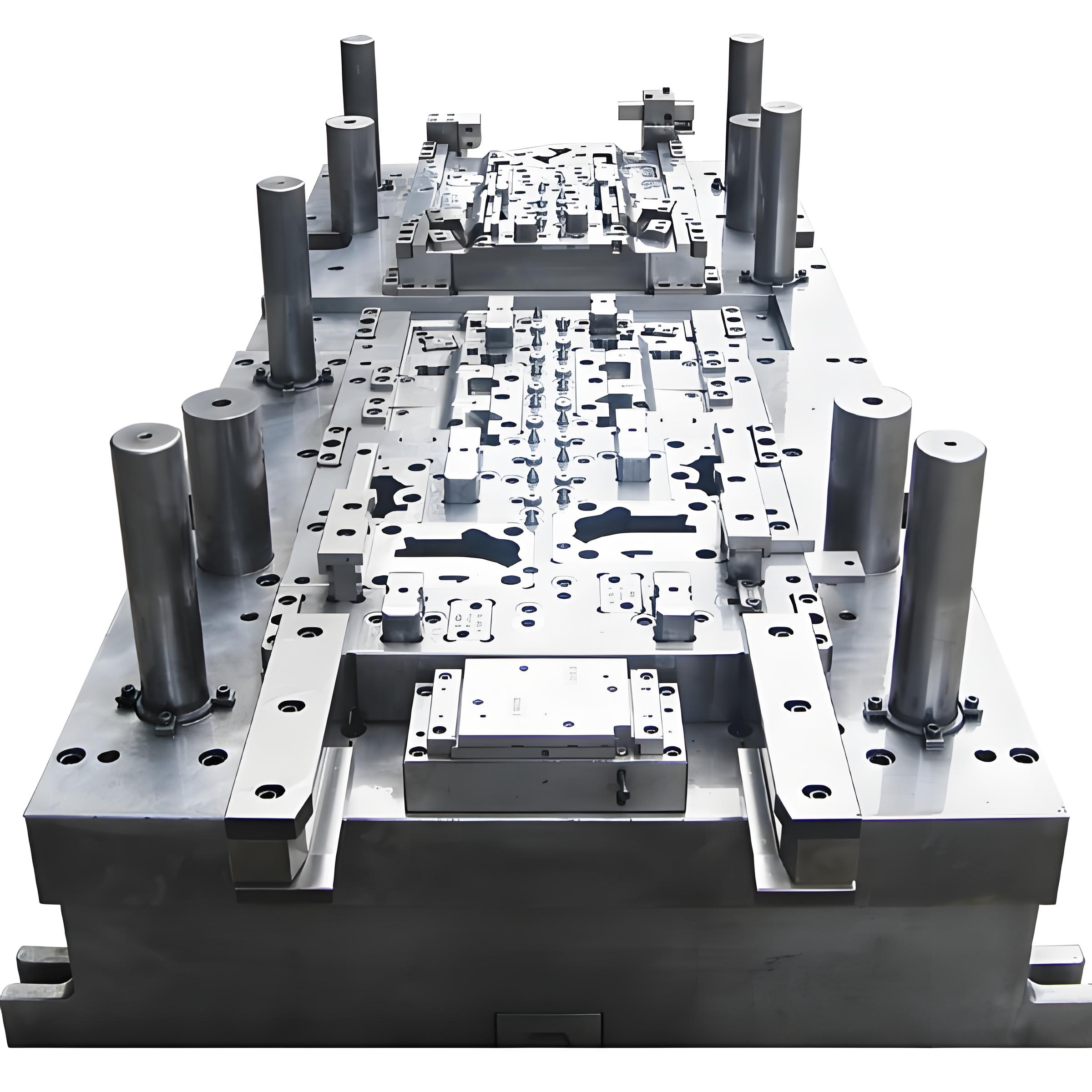In automotive manufacturing, a wide variety of automotive molds are utilized. Based on different application scenarios, they are categorized into interior molds, exterior molds, and body panel molds, among others. Additionally, according to different manufacturing processes, they are further classified into stamping dies, injection molds, casting molds, and so forth. The manufacturing quality, production techniques, and precision of molds are critical to the overall vehicle assembly process. Weihong CNC systems deliver high-speed, high-precision core algorithms for machining various molds, ensuring machining accuracy while boosting efficiency. These systems are widely adopted across the automotive mold industry.

Weihong CNC systems can control machining with small line segment toolpaths of 4μm and above, and provide automatic arc speed limiting and corner deceleration functions to ensure smoother machining speeds. They offer multiple mold machining parameter sets to meet diverse process requirements.

Online optimization for linear-to-arc and arc-to-arc transitions, adaptive handling of suboptimal toolpath quality in CAM software, flexible and convenient invocation, supports mid-path command insertion (G05P1Qxx), enhancing workpiece surface finish.

Addressing the issue of workpiece dimensional shrinkage caused by servo lag in certain machining scenarios, real-time feedforward compensation combined with nano-level control precision ensures machining accuracy.

Centered on the HST interpolation algorithm, it integrates the following functions: rapid positioning capability; toolpath smoothing capability; adaptive speed smoothing capability; position-velocity feedforward compensation capability.

Highly adaptable, most operating conditions can be accommodated by adjusting a single set of parameters to meet all product machining requirements. Supports circular interpolation on any axis, providing debugging methods for Z-axis and rotary axis quadrant points. Minimal parameter adjustments are needed—typically just three parameters—to achieve compensation effects. Compensation is also effective for circles with small radii R1 to R4.
_1755498398734_1756430114624.png)
Labeling functionality, integrated with marking machines, directly applies part information—such as names and serial numbers—in text or QR code format onto components. This enables rapid identification, facilitates sorting, and ensures seamless progression to subsequent processes.
_1756429743114.jpg)


